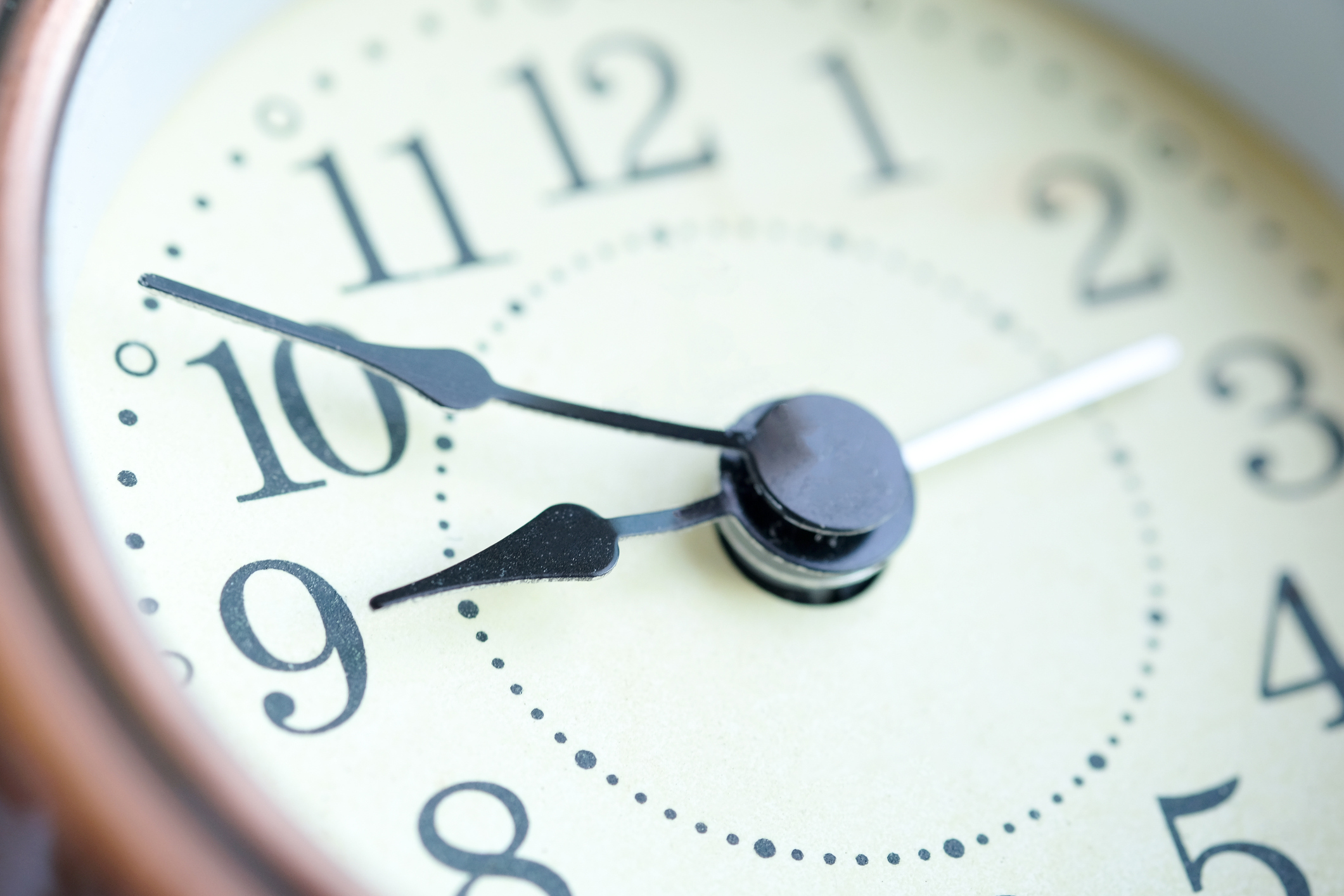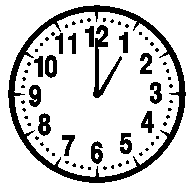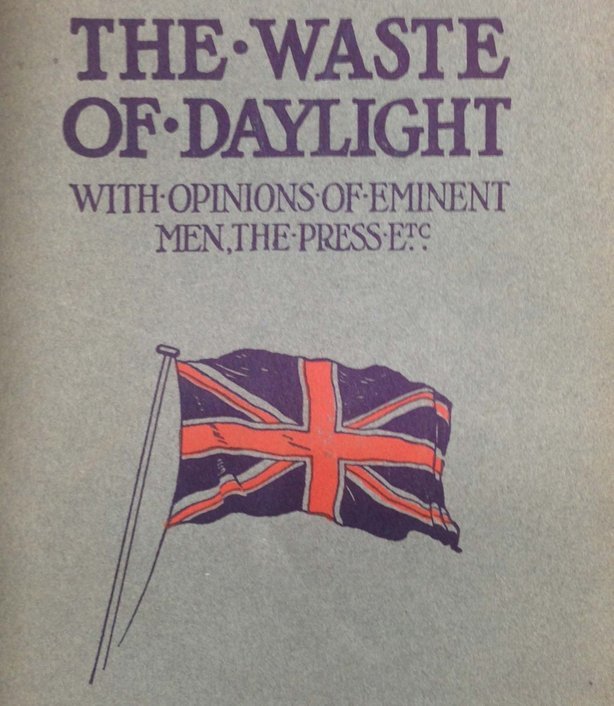
THE clocks go back this weekend, so you’ll be able to enjoy a guilt-free extra hour in bed this Sunday morning.
At 2am on Sunday October 28, you can wind your dial back to 1am and have an extra hour of sleep.
Most devices will do it for you, but it’s worth checking if you’ve got somewhere to be early on Sunday morning.
The practise of changing the clocks in the UK goes back over 100 years, but it could be coming to an end.
Here’s when and why we started doing it, and how we might have to give up that extra hour’s snoozing time…

Winding back to the beginning
The UK first changed its clocks in April 1916, having seen Germany do the same a month earlier.
World War I was underway by this point, and it was argued that the scheme to move clocks forward for the summer would help reduce coal consumption at a time where supplies were needed for the war effort.
October 1 1916 was the first time the clocks went backwards or, as many clocks didn’t wind that way, 11 hours forwards!
The practice continued from then on – with a few exceptions.
Deviations from the norm
There’s been some degree of experimentation with changing the clocks over the years.
For example, clocks weren’t put back in the autumn of 1940 and the UK ended up two hours ahead each summer during the Second World War.
It gave people longer to get home in the extra evening daylight before the blackout.
Fuel shortages in 1947 meant clocks were put forward twice in the spring and put back twice in the autumn, again having a summer with GMT +2.
And between 1968 and 1971, the Government trialled British Standard Time all year round, with clocks permanently one hour ahead of GMT.
It resulted in a reduction in transport deaths due to lighter evenings, but many were unhappy with it and the Government said they couldn’t quantify the advantages and disadvantages and reverted to the status quo.
The man who thought it all up
William Willet was the biggest champion of the changes back in the early 1900s.
He wrote ‘The Waste of Daylight’, a pamphlet on how he thought people should start their days earlier and not waste valuable hours of light.
The cover said his thoughts were backed up by the ‘Opinions of Eminent Men, The Press etc’…
Benjamin Franklin had first suggested the idea across the Atlantic in 1784.

Willet devised a plan where time would be advanced by four 20-minute increments during April, then reversed in the same way in September.
After years of campaigning for change, he died the year before Parliament finally introduced British Summer Time (BST).
Interestingly, Willet’s great-great grandson is Coldplay’s lead singer Chris Martin, who had a hit with a song called… Clocks.
Debate
There is no real agreement on whether the UK changing the clocks is a good thing or a bad thing, with little quantifiable evidence either way.
This is partly due to it affecting different parts of the country in different ways.
Northern parts of Scotland, for example, experience darker evenings than the south of England.
The arguments from 1916 about saving energy don’t apply so much these days (thanks mainly to LED lightbulbs) and we’re not truly getting any more daylight – just adapting our time to suit the conditions better. Plus, a lot more of us work indoors in offices than decades ago.
Farmers, postal workers and the construction industry are mostly in favour of lighter mornings, whereas The Royal Society for the Prevention of Accidents (RoSPA) say the increased darkness during the early evening under GMT is a safety risk.
When the clocks went forward this year, RoSPA called for lighter evenings all year round.
They say that typically, around the period in the autumn when the clocks go back, the number of pedestrians killed and seriously injured rises, with the peaks between the hours of 3pm-5pm.
The safety charity proposed a trial of Single/Double Summer Time (SDST), which would see the clocks move forward an extra hour while retaining daylight savings.
This would mean that in the winter we would be on GMT+1 (like the current British Summer Time) and in the summer we would be on GMT+2.
Kevin Clinton, RoSPA’s head of road safety, said: “When twilight and early-evening darkness occurs during the afternoon school run and rush hour, it creates dangerous conditions.
“Although it can be dark in the morning too, there are many factors that make the afternoon commute more dangerous – drivers, riders and pedestrians are all more tired after a full day, so attention and awareness may not be as high, and children tend to take longer on the walk home from school while they talk to friends, go to do different activities, or take detours.”
In 2011, a YouGov poll suggested that 53% of Britons would be happy with BST all year round.
First Minister at the time Alex Salmond was critical of the idea, which was proposed as a bill by a Tory MP, labelling it an attempt to ‘plunge Scotland into morning darkness’.
He saw it as a massive disadvantage for the northern parts of the country where it would be dark until around 10am deep into winter.
The bill did not pass.
The times they are a-changing
Since 1996, all EU member states have changed their clocks back on the last Sunday of October and forward on the last Sunday in March.
But earlier this year, the European Commission conducted a continent-wide survey, hearing from 4.6 million people, around 80% of whom said they wanted to stop moving the clocks.
Two-thirds of the respondents were from Germany, however, with just 0.02% of Brits responding to the survey.
As a result the EU Commission has proposed to axe the practice, with Commission President Jean-Claude Juncker saying that millions “believe that in future, summer time should be year-round, and that’s what will happen”.
Before it becomes law, the proposal will have to be backed by the European Parliament and Council.
If it does come in to place, member states will have to choose whether to permanently be on wintertime or summertime.
The EU Commission want the last changes to occur in March 2019, or October 2019 at the latest.
EU countries currently fall into three timezones – Greenwich Mean Time, Central European Time (GMT + 1) and Eastern European Time (GMT + 2).
Throwing a spanner into the (clock)works for the UK’s time is Brexit.
A House of Lords report released this week warned that the UK may have to comply with the measures, should the UK and EU agree a deal to the terms of the Withdrawal Agreement.
During the transitional period following the intended date of leaving the EU in March of next year, the clocks would not be allowed to switch backwards and forwards.
After Brexit, however, the UK would be free to decide whether to revert to changing in summer and winter.
The end to clocks changing also poses an extra issue in the long-running saga over a potential hard border between the Republic of Ireland and Northern Ireland.
If the UK is outwith the EU and decides to keep changing the clocks, for several months of the year the time in Belfast will be different from the time in Dublin.
If a potential ‘backstop’ plan is put into place following Brexit, Northern Ireland could be obliged to align with EU / Irish clocks thus putting it out of kilter with the rest of the UK.
It seems there’s plenty more to come in a long-running debate over the clocks to avoid, to borrow from William Willet’s great-great grandson’s song: “Confusion that never stops, The closing walls and the ticking clocks”.
The clocks will go forward again on Sunday 31 March at 1am

Enjoy the convenience of having The Sunday Post delivered as a digital ePaper straight to your smartphone, tablet or computer.
Subscribe for only £5.49 a month and enjoy all the benefits of the printed paper as a digital replica.
Subscribe